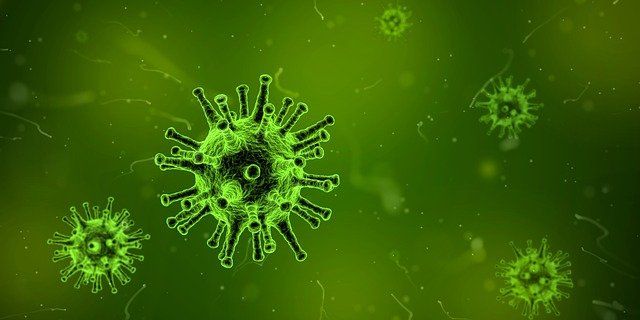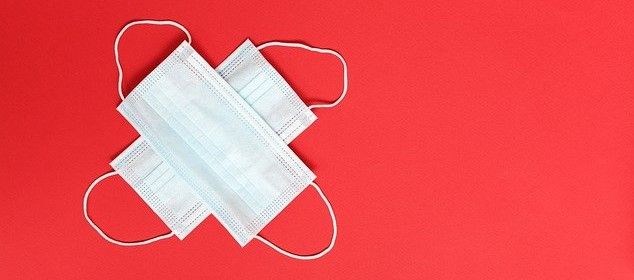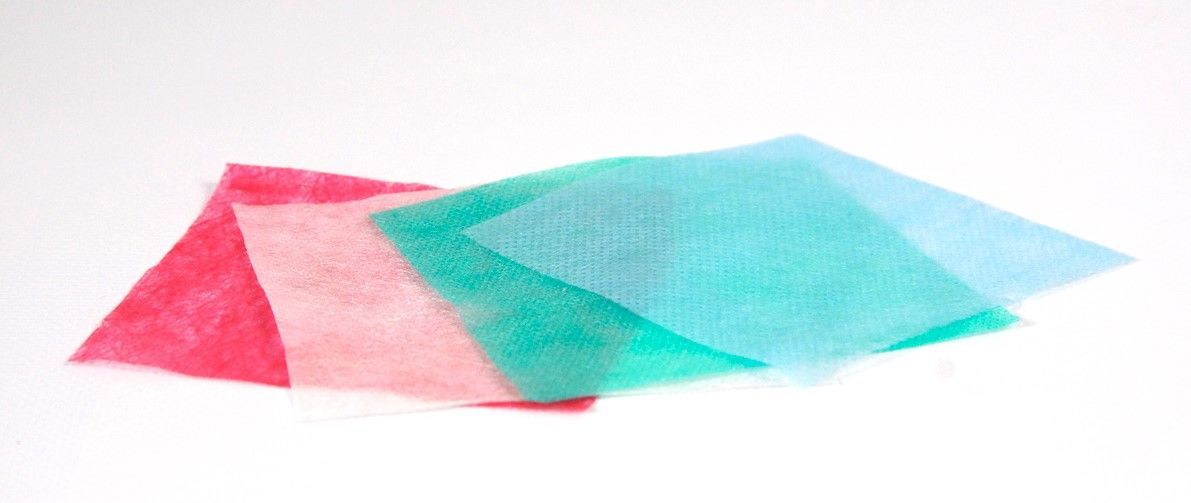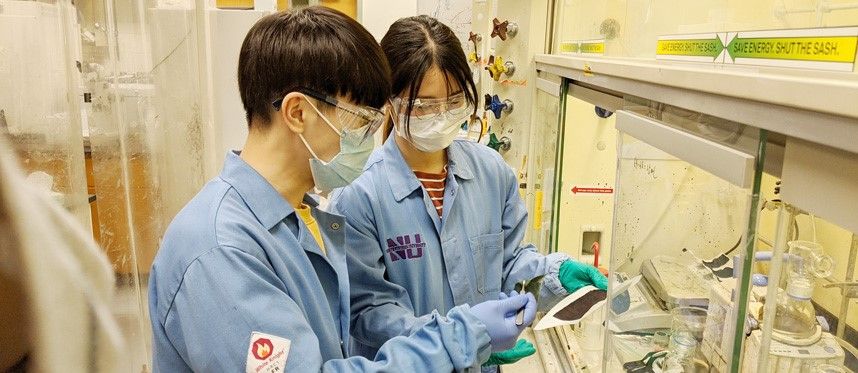With governments now enforcing stricter and stricter use of face masks to prevent coronavirus infection, many people are beginning to question how effective masks are.
Can a piece of cloth really protect people from coming into contact with a virus that may measure only 50 nanometres (0.00005mm) wide?

Thanks to nanotechnology, scientists can say with even greater certainty, that face masks substantially lower the risk of infection.
The breakthroughs in design come from America and the Czech Republic.
American Nanofibre Membrane
Concerned about the effectiveness of face masks, nanotechnology researchers from Brigham Young University have developed a nanofibre membrane that can be inserted between the material of even homemade masks.
The scientist found that a standard cloth mask might only block as little as 50% of the viruses being exhaled but have tested the new design as intercepting 90 to 99% of virus particles, while still allowing the wearer to breathe easily.

As the university press release reports, “The membranes are made through a process called ‘electrospinning,’ which involves dissolving a polymer plastic in a solution and then using an electrical current to move a droplet of the polymer downward through a needle. As the droplet accelerates, it stretches into a very small fiber that retains a static charge.”
The title image (credit: BYU Photo) shows a liquid polymer being stretched out to create nanofibers.
“Those nanofibers randomly land on a collector to create a sort of non-woven mesh,” said research team member Katie Varela.
As virus particles also carry their own static charge, they are naturally drawn towards the charge in the fibres.
“When they come close to your mask, they will be statically attracted to the mask and will not be able to go through it, and so it prevents you from inhaling viruses,” Varela adds.
The team also claim that the new mask insert allows for a smoother flow of filtered air, while also aiding moisture and heat to escape, making the mask much more comfortable.
“Not only is it hard to find an N95 mask these days,” says Will Vahle, director at Nanos Foundation, a non-profit organisation which co-funded the research, “but the best mask is useless if you won't wear it. Our nanofiber membranes are six times easier to breathe through than existing N95 masks, making them cooler, drier, and more comfortable.”
The plan now is to have the instructions on how to make the nanofibre sheet open sourced, so that anyone can access them. It is hoped that local organisations will set up sites where people can bring their masks to have a nanomembrane inserted.
A clear sign of nanotechnology researchers cooperating to beat coronavirus.

Czech Antiviral Nanofabric
Meanwhile, in the Czech Republic, the Prague-based AG CHEMI GROUP has worked with nanotechnology researchers from Germany, Czechia, Russia, Luxembourg, and the Ukraine to develop a method of embedding nanoparticles of copper, zinc, silver, gold, and cerium into fabric to give it anti-viral and anti-bacterial properties.
The result is a textile called NANO AB PP-25: a range of fabrics which, according to the company’s CEO Igor Sevcenko, have, “… active bactericidal effects, killing 99.99% of all known bacteria and viruses.”

The nanotechnology process can be applied to a variety of fibres, both natural and man-made, meaning that even strong durable textiles can be used. The nanofabric is still effective after washing and the company (which sponsors this webpage) has already proved that it kills 850 different species of pathogen, while tests are ongoing to discover its effectiveness against SARS-COV-2.
While the fabric could be used to make clothing (such as doctors’ and nurses’ uniforms), or hospital bed linen, or even used to make curtains and seat covers for waiting rooms, buses, and other public spaces, most immediate application is for use in face masks.
This is mainly because the nose and mouth are where most infections originate, it is the smallest place to catch and kill the virus.
As Haiyue Huang, a nanomaterial researcher from Northwestern University explains, “Where there is an outbreak of infectious respiratory disease, controlling the source is most effective in preventing viral spread. After they leave the source, respiratory droplets become more diffuse and more difficult to control.”

Whether these discoveries and entrepreneurial developments will be enough to help limit any potential third wave of infection remains to be seen. However, both approaches to containing and killing the coronavirus could be used beyond masks, for example, by applying the nanoproducts to air filters.
If epidemiologists are to be believed, the coronavirus will not be the last pandemic of this century. Given that there will always be viruses, bacteria, and infections, even once this disease has passed its worst, the need for improved materials for killing pathogens will still be with us.
Photo credit: BYU Photo, Northwesternuniversity, Julian Wan on Unsplash, AG CHEMI GROUP, Anastasia Gepp from Pixabay, Arek Socha from Pixabay,